
by admin | Feb 10, 2017 | Studies
Researchers have now shown that stem cells that are genetically modified may be able to help in Parkinson’s disease by replacing the cells that are damaged in the disease. Their research was recently published in the journal CNS and Neurological Disorders – Drug Targets. Parkinson’s disease affects the stratum, a specific part of the brain and disrupts dopamine signaling. Based on what is known about the pathology of the disease, research into treatments has focused on how to restore proper dopamine functioning. Most of these approaches have been pharmaceutical in nature, and though some of the treatments that have been developed have been helpful in the short-term, they unfortunately have not been effective in the long-term.
Stem cells have shown promise for treating a number of clinical conditions, in large part because they provide a means for replacing cells that may be damaged due to injury or disease. Based on a number of theoretical arguments that neural stem cells, and particularly genetically modified stem cells, could potentially help with Parkinson’s disease, researchers set out to determine the practicality of trying to implant these cells into the brain. What is particularly challenging about the endeavor is not physically putting the stem cells into the brain but getting the cells to survive, differentiate into brain cells, and integrate themselves into the brain in a way that allows them to function properly, replacing the function of those cells that have been lost due to disease.
The researchers found that the stem cells they used were able to integrate specifically into the stratum, the part of the brain that is preferentially affected by Parkinson’s disease. Further, the neural cells specifically differentiated into the types of cells that are lost in Parkinson’s disease. These findings show the promise for using specific types of stem cells to help with Parkinson’s disease. Unlike other approaches to the disease, which have had only short-term success, stem cell techniques provide the novel approach of completely replacing the cells that are lost and may therefore help restore the functions that are lost as a result of cell loss. Further research will need to explore this question of if genetically modified stem cells actually reverse the symptoms associated with Parkinson’s disease. If these cells are able to provide a way to restore function in the disease, they could contribute to important interventions for neurodegeneration.
See how stem cell treatment for Parkinson’s disease have shown beneficial in the management of symptoms.
Reference
Ziavra, D. et al. (2012). Neural stem cells transplanted in a mouse model of Parkinson’s disease differentiate to neuronal phenotypes and reduce rotational deficit. CNS & Neurological Disorders – Drug Targets, 11(7), 829-835.

by admin | Feb 6, 2017 | Studies
In a thoughtful review, Meng Liu and Zhong Chao Han discuss the reasons that mesenchymal stem cells derived from bone marrow, fat, and fetal tissue are attractive candidates for improving type 1 diabetes therapy. Though type 1 diabetes is often treated with insulin replacement therapy, transplanting islet cells from the pancreas has become a means for curing the disease. Nonetheless, islet transplantation has a number of limitations, most of which occur as a result of isolating the islet cells from the pancreas. While isolated, the cells are vulnerable to damage and death, and as a result, effective therapy often requires a series of transplants.
Because mesenchymal stem cells possess a number of important characteristics that are lost or absent in islet cells, scientists have posited that they may have potential in the treatment of diabetes. For instance, immune system reactions to transplants often make transplants unsuccessful. However, mesenchymal stem cells modulate the immune system such that they can minimize these immune reactions. Mesenchymal stem cells are also able to differentiate into a variety of cell lineages and to promote the development of new blood vessels. These features make mesenchymal stem cells appealing from the general perspective of transplantation, where the generation of new cells and new cell networks within tissue is critical.
Given that mesenchymal stem cells appear to be a promising candidate for diabetes therapy, researchers have pondered how best to leverage the potential of these stem cells for the specific purpose of reinstating insulin function in type 1 diabetics. According to this review, one leading notion is to generate insulin-producing cells from mesenchymal stem cells.
Though there appear to be a number of specific ways to achieve insulin-producing cells from mesenchymal stem cells, the researchers point to the technical challenges associated with these methods but remain optimistic about the potential to do so. By laying the conceptual groundwork for using mesenchymal stem cells for type 1 diabetes treatment, Liu and Chao pave the way for future researchers to develop specific research protocols for improving our understanding of how mesenchymal stem cells can be used in the development of these important therapies.
Learn about how stem cells can help treat severe Diabetes here.
Reference
Liu, M & Han, Z.C. (2008). Mesenchymal stem cells: biology and clinical potential in type 1 diabetes therapy. Journal of Cellular & Molecular Medicine, 12(4), 1155-1168.

by admin | Jan 31, 2017 | Studies
In recent years, stem cells have continued to show promise for helping combat a host of diseases, many of which relate to the brain. A recent study by Yoo-Hun Suh and colleagues has demonstrated that a specific type of stem cell could help with both the prevention and treatment of the neurodegenerative disease, Alzheimer’s.
Patients with Alzheimer’s disease lose a significant number of brain cells as a result of the disease, and the resulting damage to brain tissue is associated with cognitive and behavioral symptoms. The disease is best known for causing significant memory difficulties in its sufferers. Because stem cells offer a way to introduce new cells into the organ, they are obvious candidates for Alzheimer’s therapy.
In the current study, published in PLOS One, the researchers set out to determine if they could overcome the technical difficulty of implanting human adipose-derived stem cells into the brain and, if so, whether these cells could improve the symptoms and the physical hallmarks of Alzheimer’s disease.
The researchers achieved a number of notable results. First, they showed that the stem cells were able to penetrate the blood-brain barrier and migrate into the brain. Second, they demonstrated that a number of symptoms associated with Alzheimer’s disease improved with the administration of stem cells in a model of Alzheimer’s disease. Specifically, learning and memory deficits were reversed. Finally, the scientists found that the administration of stem cells was associated with reductions in the physiological markers of Alzheimer’s disease – namely, the amyloid plaques in the brain that are a signature of the disease, as well as the protein that contributes to these plaques, called A. The researchers conclude that the stem cells may help with the therapy of Alzheimer’s and could potentially help with prevention as well.
That one study could achieve a technical proof-of-concept of administering the stem cells to the brain while also simultaneously demonstrating an improvement in symptoms and physiology associated with Alzheimer’s disease is incredible in terms of the potential for stem cells in aid in the therapeutic interventions of this disease.
Learn more about stem cell therapy for Alzheimer’s disease here.
Reference
Kim, S. et al. (2012). The preventive and therapeutic effects of intravenous human adipose-derived stem cells in Alzheimer’s disease mice. PLOS One, 7(9), e45757.

by admin | Jan 26, 2017 | Studies
Severe diabetics are often treated through a technique called islet transplantation, but this transplantation method has certain limitations. Researchers have recently demonstrated that that using a certain type of stem cell, called the mesenchymal stem cell, can improve the ability of islet transplants to improve diabetes in patients.
Those who suffer from Type 1 diabetes experience the destruction of beta cells in the pancreas. Islet transplantation is a means for reconstructing these cells that are lost during the progression of diabetes, but the long-term effects of traditional islet transplantation are limited, and the transplants often have to be performed a number of times on any given patient. Part of the problem is that the beta cells in the islets are easily damaged or killed once they are isolated for transplantation purposes and do not easily proliferate into other cells.
Unlike islets, mesenchymal stem cells are less vulnerable, highly proliferative, and differentiate into several cell types. They also have the added benefits of promoting healthy vasculature and immune activity. Given these benefits of mesenchymal stem cells, scientists hypothesized that combining the function of beta cells with the abilities of mesenchymal stem cells would produce a more effective therapy for diabetes than islet transplantation alone. To achieve this result, Shoichiro Sumi’s team decided to fuse these cell types together.
In a study published in PLOS One, researchers demonstrated how to successfully overcome the technical difficulty of fusing mesenchymal stem cells to islet cells for the purposes of treating diabetes. The fused cells were associated with markers that indicated that the cells were less susceptible to death than islet cells are alone and that they also proliferated more than islet cells generally do.
Having cleared the technical hurdle of fusing islet cells with mesenchymal stem cells and showing that this technique is successful in creating cells that are more robust than islet cells, researchers are now poised to test the ability of these cells to improve therapeutic interventions for those with severe diabetes. If the researchers can show that fewer transplants or longer-term results can be achieved with these fused cells, islet transplantation for diabetics may be transformed.
Learn more about how stem cells provide regenerative therapy for Diabetes here.
Reference
Yanai, G. et al (2013). Electrofusion of mesenchymal stem cells and islet cells for diabetes therapy: a rat model. PLOS One, 8(5), 1-9.

by admin | Jan 16, 2017 | Studies
In recent years, there have been a number of advances in stem cell research and in the various ways that these cells can be best employed to improve the health of patients. One of the medical areas that shows promise for stem cell therapies is orthopedics, with stem cell therapies being developed to help with tissue, cartilage, and bone repair. A recent review by Anish Majumdar and colleagues conveyed the progress that has been made specifically in the use of stem cells for the repair of cartilage in osteoarthritis.
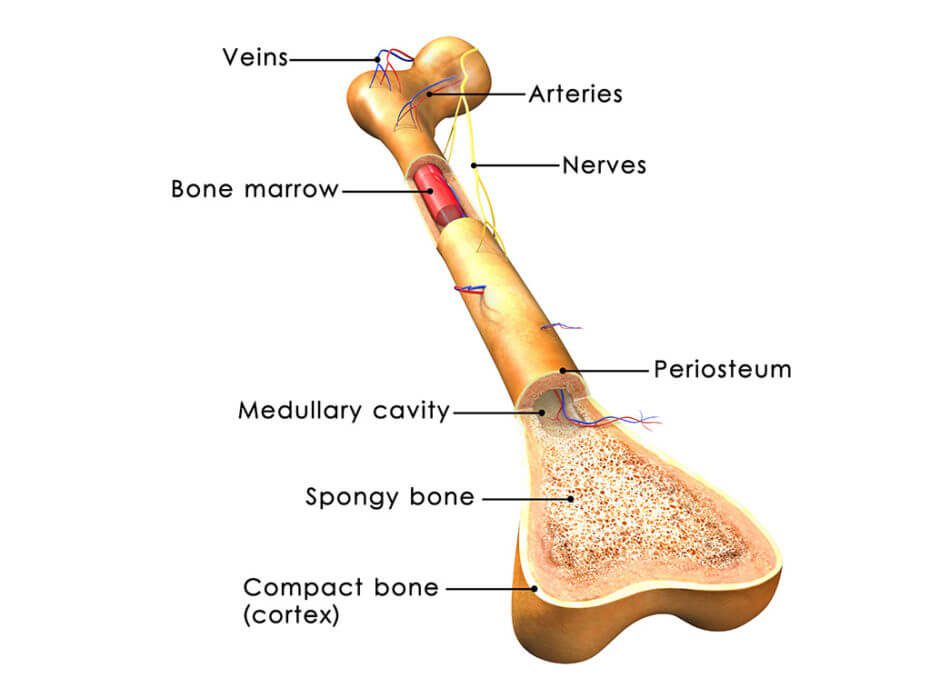
Patients with osteoarthritis experience degeneration of their connective tissues, which progresses as they get older. While osteoarthritis is often diagnosed in older patients, athletes also often endure osteoarthritis after injuring themselves while playing sports. In osteoarthritis, tissue known as articular cartilage is particularly susceptible to injury and unfortunately does not heal as well as other tissues because it does not have the vasculature required to supply the tissue with the nutrients required for significant growth and recovery.
When articular cartilage is damaged, surgery is often employed in an attempt to correct the damage, and pharmaceuticals are sometimes prescribed for discomfort. However, these interventions do not tend to achieve satisfying results. Because bone marrow stromal cells, or bone marrow-derived mesenchymal stem cells, naturally differentiate into the cells that make up cartilage, it has been suggested that these stem cells could improve outcomes for those with osteoarthritis.
These particular stem cells have other advantages, including that their isolation is relatively simple and that they easily proliferate, adds to their attractiveness as a candidate for cartilage repair. Their ability to suppress the immune system and prevent inflammation makes them more likely than many other cell types to be safe when added to the cartilage. As such, according to this review, a number of researchers have reported that their injections of these stem cells in patients with osteoarthritis have not caused any problems related to safety.
These findings include stem cells leading to improvements in clinical symptoms and quality of life in those with osteoarthritis, as well as the filling of the defect area and reduction in pain.
Researchers have also reported that these stem cells are effective from a therapeutic standpoint when administered to osteoarthritis patients. A number of specific findings on the success of bone marrow-derived mesenchymal stem cells in cartilage repair demonstrate that stem cells could revolutionize therapeutic strategies for this type of tissue damage. These findings include stem cells leading to improvements in clinical symptoms and quality of life in those with osteoarthritis, as well as the filling of the defect area and reduction in pain.
See why more and more athletes are turning to stem cell therapy here.
Reference
Gupta, P.K., Das, A.K., Chullikana, A., & Majumdar, A.S. (2012). Mesenchymal stem cells for cartilage repair in osteoarthritis. Stem Cell Research & Therapy, 3(25), 1-9.

by admin | Jan 11, 2017 | Studies
A group of scientists, led by Jin Nam at the University of California-Riverside, have found a new way to optimize the use of stem cells for orthopedic purposes. The technique involves strategically using biomechanical forces to create the specific cell type needed to repair orthopedic tissues.
The normal development of bone and cartilage critically depend on mechanical stimulation, yet the ideal level of mechanical stimulation differs for cells that make up bone and cells that make up cartilage. The researchers therefore reasoned that employing the right level of mechanical stimulation could help stem cells differentiate into the cell type needed for specific individual injuries.
A certain type of stem cell, called the mesenchymal stem cell (MSC) has been shown to be capable of regenerating musculoskeletal tissues. In addition, when MSCs obtained from the patient are used to regenerate that patient’s musculoskeletal tissues, tissue rejection tends to be prevented because the immune system recognizes the transplanted cells as the body’s own cells. Nonetheless, stimulating the stem cells to form tissue has relied mainly on biochemical and biophysical phenomena, which can present a variety of challenges. To avoid those challenges, scientists hoped that they could use biomechanical stimulation for the same purpose.
In their experiment, Nam and his colleagues showed that different levels of biomechanical force could indeed lead MSCs to differentiate into osteoblasts and chondrocytes, the cells that make up bone and cartilage, respectively. These promising results suggest that combining these types of stem cells with targeted biomechanical stimuli will enable better repair of a variety of types of orthopedic damage.
Going forward, researchers hope to better understand the details of how biomechanical cues can determine the fate of stem cells and to use this information to induce stem cells to differentiate into the desired cell type, according to the particular injury. This experiment conducted at the University of California-Riverside helps shed more light on the continued value of stem cells in medicine, as well as the potential benefits of combining these cells with approaches that can help personalize the treatments offered.
Stem cells could revolutionize therapeutic strategies for cartilage repair. Find out more.
Reference
Horner, C.B. et al. (2016). Magnitude-dependent and inversely-related osteogenic/chondrogenic differentiation of human mesenchymal stem cells under dynamic compressive strain. Journal of Tissue Engineering & Regenerative Medicine. doi: 10.1002/term.2332
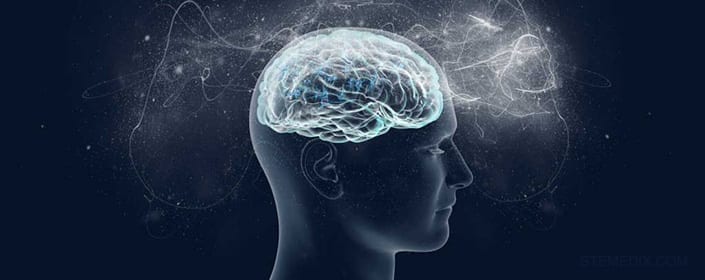


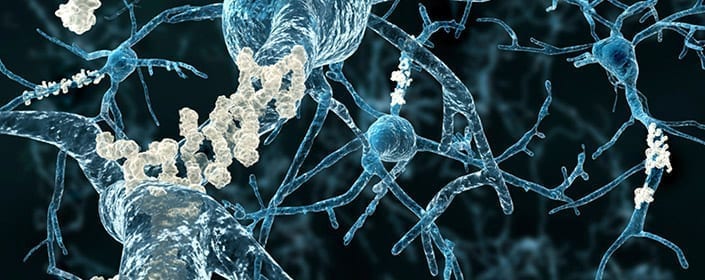

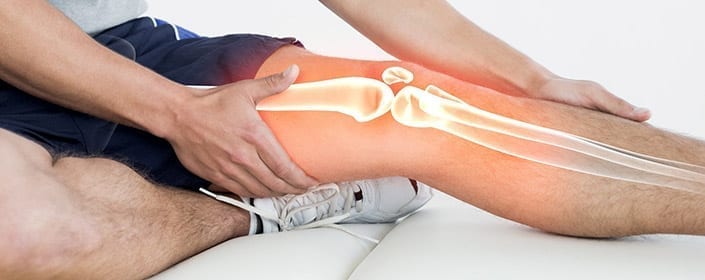

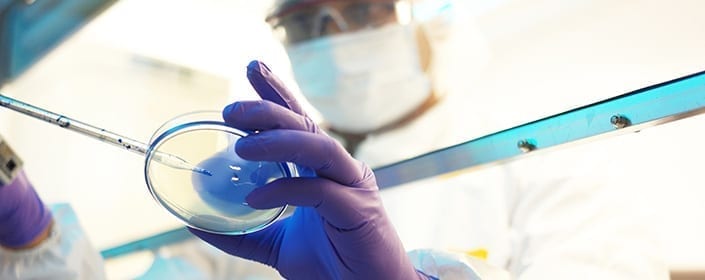
 St. Petersburg, Florida
St. Petersburg, Florida
